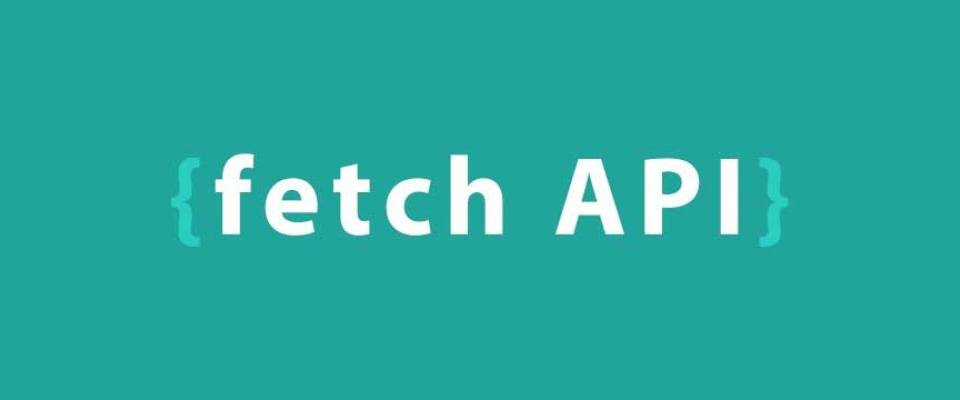When AJAX came to the modern web, it changed the definition of how web works. We all are using ajax for a long time but not with Fetch API. To load a new content in a web page, we do not need a full page reload. Using AJAX, we can post or pull data from a web server asynchronously.
Almost every web application nowadays use ajax. It was all possible because of the XMLHttpRequest. It is a browser API in the form of an object whose methods transfer data between a web browser and a web server. The object is provided by the browser’s JavaScript environment.
Our one of the most popular JavaScript libraries, jQuery uses XMLHttpRequest to make HTTP calls. If we talk about any networking library in any modern JavaScript ecosystem uses XMLHttpRequest like axios (promise-based), superagent (callback-based).
The issues with XMLHttpRequest
Making HTTP request with raw XMLHttpRequest really sucks. You need to take care a lot of things to get some data from the server. To make a get request with XMLHttpRequest, we need to write the code like
var xhr = new XMLHttpRequest();
xhr.onreadystatechange = function() {
if (xhr.readyState == XMLHttpRequest.DONE) {
alert(xhr.responseText);
}
}
xhr.open('GET', 'http://example.com', true);
xhr.send(null);
We tend to use jQuery’s Ajax (84 KB). If in a web application, we are adding jQuery to make only a few requests, then It is not at all bandwidth friendly. We are loading a script of 84kb to use only one or two methods. The problem can be solved using the Fetch API which is already present in our browser.
Introduction to Fetch API
Fetch is a promise based HTTP networking API provided by the browser. It is here from the chrome 42. Firefox also supports it. It is now almost standardised. It saves you from remembering complex API of XMLHttpRequest. Look at one example of Fetch.
fetch('some/api/getData.json')
.then(
function(response) {
if (response.status !== 200) {
console.log('Status Code: ' + response.status);
return;
}
response.json().then(function(data) {
console.log(data);
});
}
)
.catch(function(err) {
console.log(err);
});
It is clean. It is excellent. Here we are making a simple get request. Fetch always returns a promise. Promise resolves to the response object. This response object has different helper methods like response.json(), response.text(), response.blob() etc.
Usage of Fetch
It can fully replace old XMLHttpRequest. The first parameter of the fetch is the requested URL. We can also pass a second parameter which is essentially a configuration object. In this configuration object, we can specify different options like HTTP Method Type, Headers of the Request, body of the request etc. Let’s look at how to make a post request with Fetch.
Post Request using Fetch API
function json(response) {
return response.json()
}
var url = '/api/saveData';
fetch(url, {
method: 'post',
headers: {
"Content-type": "application/x-www-form-urlencoded"
},
body: 'foo=bar&lorem=ipsum&[email protected]'
})
.then(json)
.then(function (data) {
console.log(data);
})
.catch(function (error) {
console.log('Failed', error);
});
Here we are chaining our response through our json method. The code is self-explanatory.
If you are yet not convinced to use Fetch. There is an excellent fetch polyfill library that you can try.
We will encourage you to use fetch over XMLHttpRequest in your next vanilla JavaScript project.

